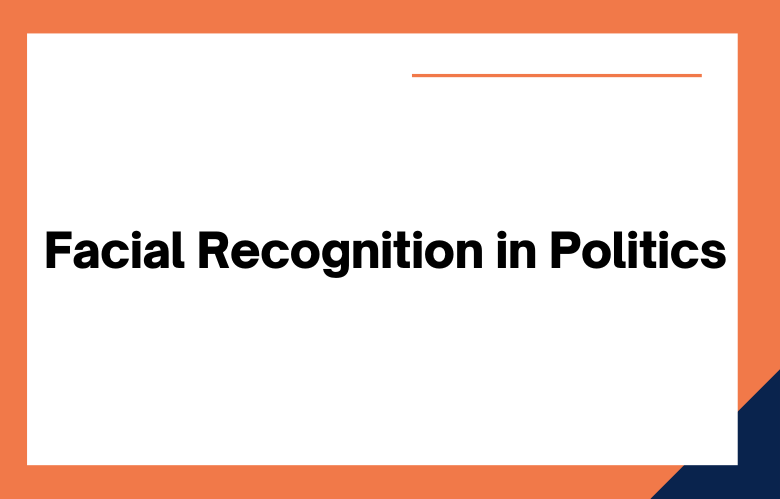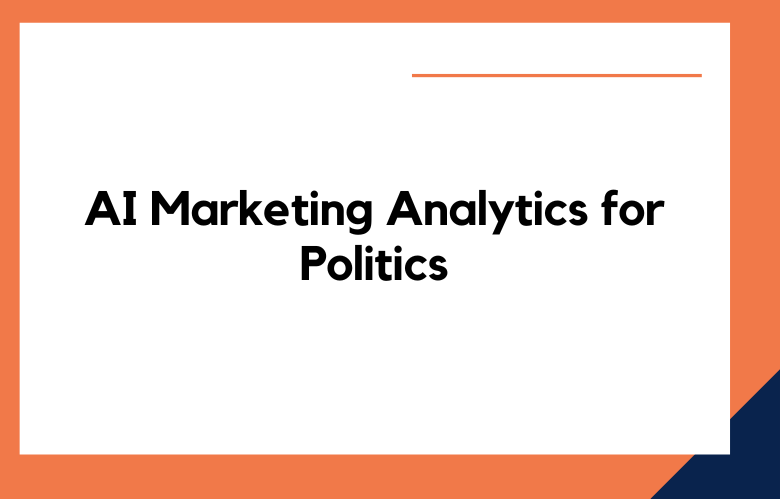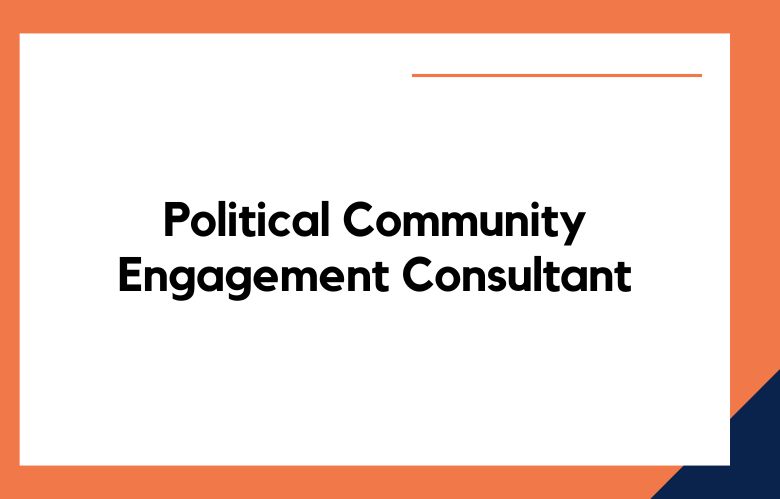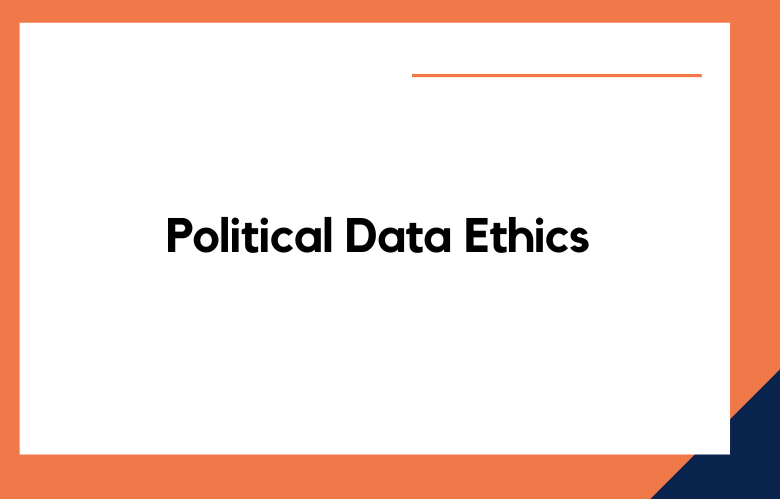In today’s digital age, it is more important than ever for political parties to use every tool to get ahead. One tool that is often overlooked is facial recognition. Facial recognition can help political parties better understand their target audience, allowing them to tailor their marketing message effectively. Here’s a quick view of how facial recognition can help political parties gain an edge in marketing.
Facial recognition and targeted advertising
One of the uses of facial recognition is targeted advertising, a software that can collect data on a person’s age, gender, race, and mood. This data can create targeted ad campaigns that are more likely to resonate with potential voters.
For example, if a political party knows that their target voter is a woman in her 20s, they can create an ad campaign that speaks explicitly to the most important issues to her.
Facial recognition and social media
Another way that facial recognition can help political parties is by giving them insight into how their message is being received on social media. By analyzing the facial expressions of people who view their posts, parties can see which messages resonate and which are falling flat.
This information can refine their social media strategy in real time, ensuring they always put their best foot forward.
Facial recognition – The next frontier for political parties
Amid a pandemic, it’s more important than ever for political parties to find new and innovative ways to reach voters. With traditional campaigning methods off the table, many parties are turning to digital campaigning – but is that enough? Political parties should consider using facial recognition technology to stand out in the digital age.
Facial recognition is Immersive.
Facial recognition technology is at its bud stage, which means it has much potential for growth and development. As the technology improves, it will be realistic – and thus, more immersive. For political parties, this could mean developing targeted campaigns targeting specific demographics.
For example, imagine being able to target young voters with a campaign that features celebrities or popular influencers endorsing your candidate. Or what about being able to target seniors with a campaign that promises to increase social security benefits? The possibilities are endless – and all made possible by facial recognition technology.
Facial recognition is personalized.
Another reason why facial recognition technology is so valuable is that it is personalized. You can target individuals with specific messages based on their interests, needs, and wants.
For example, if you know someone passionate about environmental issues, you could target them with a campaign focusing on your candidate’s ecological platform. Or, if you know someone interested in education reform, you could target them with a campaign that discusses your candidate’s plans for education reform.
Facial recognition is engaging.
Finally, facial recognition technology is engaging. It is not easy to break through the noise in a world where people are bombarded with advertising from all sides. But with facial recognition technology, you can ensure that your message will be heard loud and clear.
People who see targeted ads are likelier to pay attention and engage with the content. And when people are involved with the content, they’re much more likely to remember your candidate come election day.
Facial recognition can increase campaign engagement.
Facial recognition can target ads and fundraising requests to registered party members and identify potential voters who a particular candidate or issue may sway.
For example, if a party wants to target ads specifically to women aged 18-24 who live in swing states, facial recognition can help them. In addition, if a party seeks to identify potential voters who a particular candidate or issue may persuade, facial recognition can help with that too.
By targeting their campaign messages specifically to those most likely to respond positively, parties can increase the effectiveness of their campaigns and make better use of their resources.
Facial recognition can help parties keep track of attendees
Facial recognition can help parties keep track of the number of people who attend their events. This information helps gauge support and plan future events. For example, if a party knows that its last event has 100 attendees, it can plan its next event accordingly and ensure that they have enough staff on hand to accommodate the expected turnout.
Facial recognition Is Affordable.
One concern that some parties may have about facial recognition is its cost. However, the truth is that facial recognition is very affordable and within the budget of most political parties. There are many free and open-source facial recognition software programs available online. All that is needed is a web camera and an internet connection.
Facial recognition can help target Ads.
One of the essential things political parties can do is get their message in front of as many people as possible. What is better than targeting ads directly to those most likely receptive? That’s where facial recognition comes in.
Facial recognition technology can target ads specifically to people likely to be interested in them.
For example, suppose a political party wanted to target ads about taxes to middle-class voters. In that case, they could use facial recognition to identify those individuals and ensure their ads were served only to them.
This sort of targeted advertising is much more effective than blanket advertising, which is why it’s so important for political parties to use it. Facial Recognition Can Help Track Attendance at rallies and events.
Another way that facial recognition can be helpful for political parties is by tracking attendance at rallies and events. This information can gauge interest in specific issues or candidates and ensure that resources are allocated appropriately.
For example, if a rally for a particular candidate is well-attended, investing more resources into that candidate’s campaign makes sense. Conversely, if an event for a specific issue is poorly-attended, it might be time to reevaluate how much attention is being given. Either way, facial recognition can provide valuable insights that can help shape strategy.
How facial recognition works
Facial recognition software analyzes an individual’s unique facial features and then compares those features to a database of known faces. If a match occurs, the software will return the individual’s name and other information, such as their social media profile.
There are many different ways that political parties can use facial recognition to engage with potential voters. For example, they can use it to:
- identification purposes, such as confirming someone’s identity when they sign up for membership;
- target ads and other communications, such as sending personalized emails or even direct mail;
- build relationships with key influencers, such as inviting them to events or sending them VIP treatment; and
- H harnesses social media’s power, such as using hashtags or tagging friends in posts.
- Helps you target ads more effectively: One of the benefits of using facial recognition is that it allows you to target ads more effectively. By knowing your audience, you can ensure that your ads are being seen by those interested in them.
- Allows you to track down potential voters: Another benefit of using facial recognition is that it will enable you to track down likely voters. With the help of this technology, you can find people who traditional methods like canvassing or direct mail might not otherwise reach.
- Makes it easier to meet potential voters in person: Finally, facial recognition can make it easier to meet likely voters. If you know your likely voters, you can ensure that you’re attending suitable events and meeting them where they’re most likely to be receptive.
Facial recognition can help target voters with Ads.
Facial recognition software can be used to target potential voters with ads. By using facial recognition to identify likely voters, political parties can ensure that their ads are seen by those interested in them. This is a more efficient way of targeting voters than traditional methods, such as television or print advertising, which reach a large audience but may not be very effective in reaching potential voters.
Facial recognition can help identify undecided voters
Facial recognition can also be used to identify undecided voters. By analyzing how people vote patterns, facial recognition software can predict how someone is likely to vote in the future. Political parties can use this information to target undecided voters with ads and other outreach efforts.
Facial recognition can help increase turnout on election day.
Finally, facial recognition can be used to increase turnout on election day. Using facial recognition to identify registered voters who have not yet voted, political parties can send reminders to these individuals on election day. This reminder could be an email, text message, or even a phone call. By increasing turnout on election day, political parties can ensure their candidates have the best chance of winning.
Conclusion
As you can see, facial recognition can be a powerful tool for political parties looking to gain an edge in marketing. Now is the time to start if you’re not already using facial recognition as part of your marketing strategy.
Face recognition is an Effective Marketing Tool. Political parties should use facial recognition to target potential voters with ads, identify undecided voters, and increase turnout on election day. Facial recognition is a more efficient and effective way of reaching likely voters than traditional methods, such as television or print advertising.
Using facial recognition, political parties can increase their chances of winning elections and better serve their constituents. Political parties are always searching for an edge in their marketing. One way to gain that advantage is through facial recognition technology.
This technology can help identify voters and target them with specific messages. It can also track how people respond to campaigns and essential issues.
Contact us today to learn more about how facial recognition can benefit your party. We offer political consulting services to help you maximize this powerful tool.











